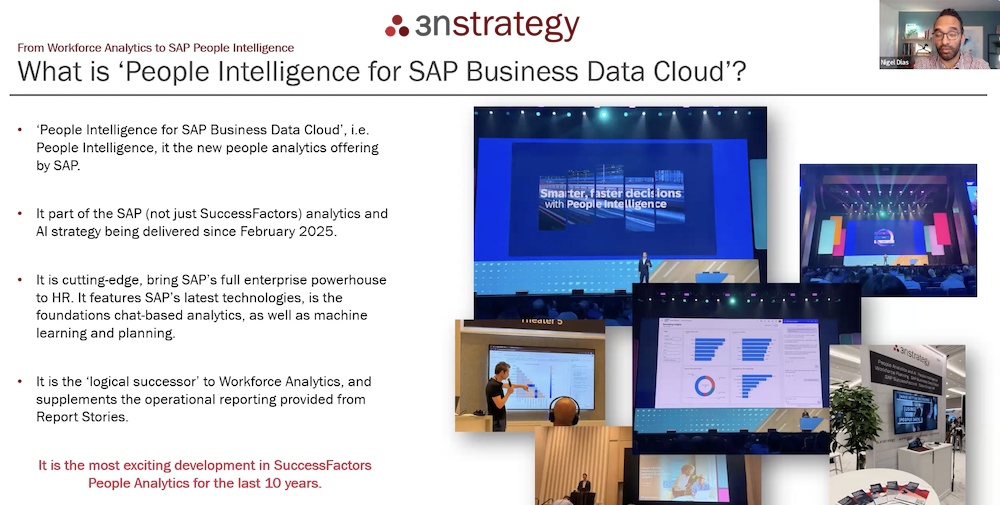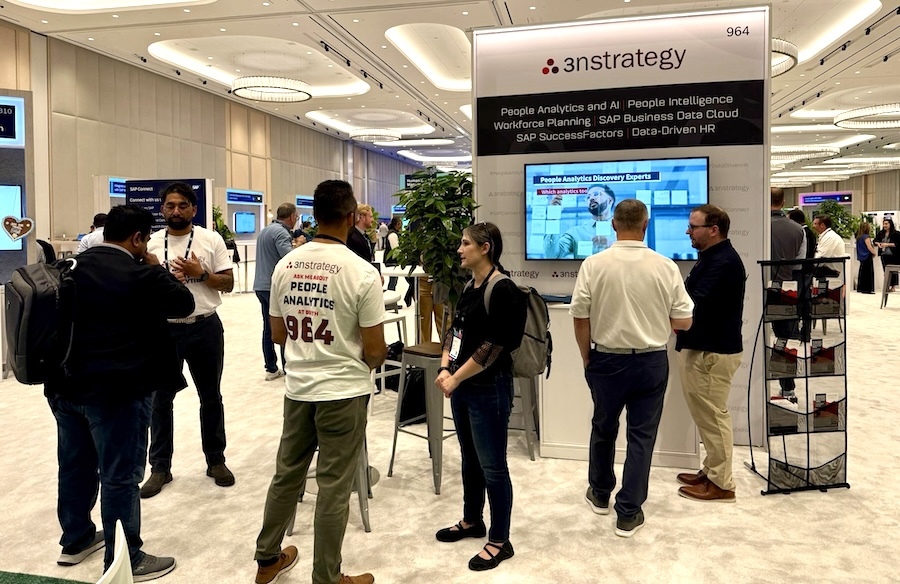This article was originally published in The HR Director in June under the original title "Empowering HR Expertise and Intuition During HR Planning Cycles: Use Your Evidence".
By using evidence, HR leaders can create the context and language to articulate and prove the value of HR strategies.
It is unfair to suggest that HR's use of data is something new; did you know the first salary ever recorded was allegedly paid 8,000-12,000 years ago? However it is fair to say that HR's use of data has failed to evolve relative to our contemporary business peers, leaving it comparatively outdated and under-performing - in research conducted by the HR Analytics ThinkTank last year, only 38% of HR analytics teams said their outputs were being used strategically. By being slow to adopt new analytics practices HR has left itself vulnerable to accusations that it does not create strategic value simply by failing to arm itself with the evidence it needs to prove that it does. Worse, by failing to arm itself with analytical evidence to make better decisions, HR has risked disadvantaging itself at a time when talent decisions matter the most.
To explore and understand this in more detail, it is necessary to remind ourselves of what HR analytics really is and what it is not. It is not about complex number crunching or data collection and cleaning or pretty charts. It is about empowering HR decision-makers, supplementing their intuition and experience with risk-based evidence, in order to increase the likelihood that they make a better choice. If HR leaders can evolve their approaches to embrace this way of thinking, the language they use will also evolve to include the concepts of risks and opportunities associated with HR strategy and delivery.
Whether HR wants it or not, this push towards evidence-based HR is now inevitable. Linkedin's 2020 Global Talent Trends research is one of the latest reports to highlight the priority placed on people analytics with 73% of respondents saying it will be a major priority for their organisation over the next 5 years. It is more interesting to look at how analytics is being embraced - particularly at senior HR levels. In the HR Analytics ThinkTank research, we asked HR analytics teams how strategically their organisations used analytics in the context of how much their stakeholder (most of whom were HR executives) understood the value of HR analytics. When stakeholders had a higher level of understanding for analytics, there was a 38% chance that their organisation used analytics more strategically. When they had a low understanding, this dropped to just 5%.
In order to demonstrate the value that analytics can create, and also how easy it is for HR leaders to embrace these new HR practices, let us consider the most important HR process of the year: The Annual HR Planning cycle or the Strategic Workforce Planning process (both referred to interchangeably as SWP from now on).
The difference between an interesting insight and useful analytical evidence is context. A well designed SWP process allows business decision-making to create a context for HR decision-making which in turn creates a context for the use of data and analytics to aid those people decisions. In order to specifically understand how evidence-based approaches will empower HR it is necessary to consider the decisions that HR must make during the process, or the questions it will ask itself. For example, it is often necessary to identify which roles and skills are most critical to business delivery both now, and in the future. HR functions utilising a more foundational style of analytics, otherwise referenced to as 'descriptive', will be able to describe how these segments of the workforce have changed over time. For example, in the context of previous business performance we can describe events over time, for example "year over year we grew our market share by 4%...".
Useful types of evidence are more for forward looking, by using historic trends to predict the future that HR and business leaders can use as a baseline for their final decisions. In this way, HR leaders can translate business targets and scenarios into capacity and capability requirements over the forecast period. Another insightful use of 'predictive' analytics is to forecast how your existing workforce will change. At minimum, looking at how many people will resign and retire, but perhaps also modelling how talent flows around the organisation. Even without designing new strategies, your employees will migrate through different career paths over time.
However the best use of data and analytics in HR planning and SWP comes in the next step. By this point, your organisation should have predicted how many people it needs to deliver the business goals over a forecast period, and how many people from the current workforce will be available. The gap between the two is the risk that the workforce represents to deliver its goal, and it is the role of HR experts to devise a plan to reduce that risk over the forecast period. Is it feasible to increase hiring rates? Should a reward strategy be used to retain employees? Should we increase our learning activities to increase our skill profile? Should we build a STEM academy? What would happen if we employed more automation and AI to enable our workforce?
The pressure on HR is to take its data and use it as evidence to answer these questions, to predict their impact, and to even prescribe what HR will do to deliver the business goals. The opportunity for HR, whether it wants it or not, will be to use HR expertise to design people strategies that are costed, risk-assessed and more credible than ever before.
.png?width=2433&height=555&name=3n%20Strategy%20PNG%20Logo%20(Transparent).png)




